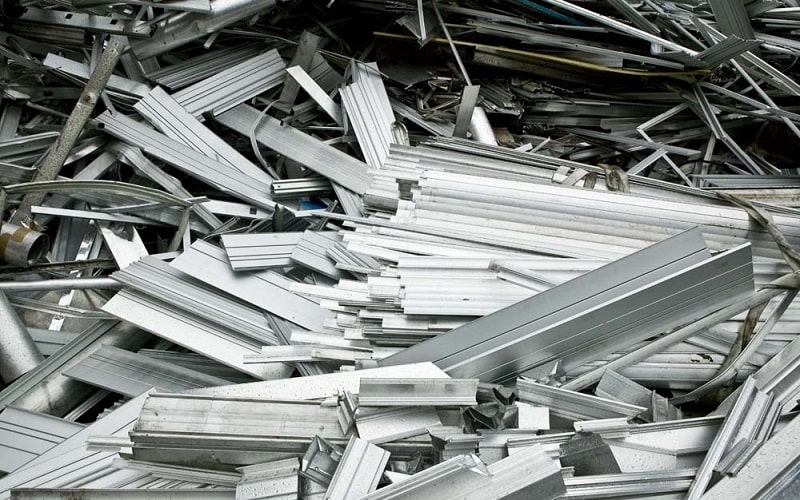Recycling metal offers significant environmental and economic benefits, but accurately sorting different types of scrap is crucial. When it comes to stainless steel, its durability and value make it especially important to distinguish it from ordinary steel scrap. So, how do you tell the gleaming gem from the rusting rough diamond? Fear not, scrap saviors! This guide will equip you with the knowledge to confidently separate your stainless steel scrap:
The Visual Clues:
- Color:While ordinary steel often has a dull grey or blueish hue, stainless steel boasts a brighter, silvery sheen. However, finishes can mask the true color, so don’t rely solely on this.
- Surface Finish:Look for a smooth, polished finish in stainless steel scrap, thanks to its chromium content. Ordinary steel may appear rougher or have visible imperfections.
- Rust:Ordinary steel readily succumbs to rust, especially if exposed to the elements. However, genuine stainless steel exhibits superior corrosion resistance and rarely shows rust, even in scrap form.
Beyond the Surface:
- Magnet Test:This classic method has limitations. While a magnet won’t stick to most stainless steel, some grades are slightly magnetic. Ordinary steel, however, will readily attract a magnet. Use this test as an initial indicator, but not a definitive answer.
- Spark Test:This industrial method involves grinding the metal and observing the color of the sparks. Stainless steel sparks appear whiter and straighter, while ordinary steel sparks are reddish and fan out. Caution: Only attempt this with proper safety equipment and training.
Unveiling the Markings:
- Grade Markings:Many stainless steel products, even scrap, are stamped with a grade marking like “304” or “18/8.” These markings offer valuable clues about the composition and properties, helping you distinguish it from ordinary steel.
When Doubt Lingers:
- Chemical Test:As a last resort, a drop of nitric acid on ordinary steel will cause a dark spot, while genuine stainless steel will remain unaffected. However, handle chemicals with extreme caution and follow safety guidelines.
- Professional Help:For valuable scrap or large quantities, seeking assistance from metal testing labs is recommended. They use sophisticated techniques like XRF or spectrographic analysis for definitive identification.
Remember: These methods are not foolproof, and specific characteristics can vary depending on the steel grade and its treatment. When unsure, consult a professional for accurate identification.
